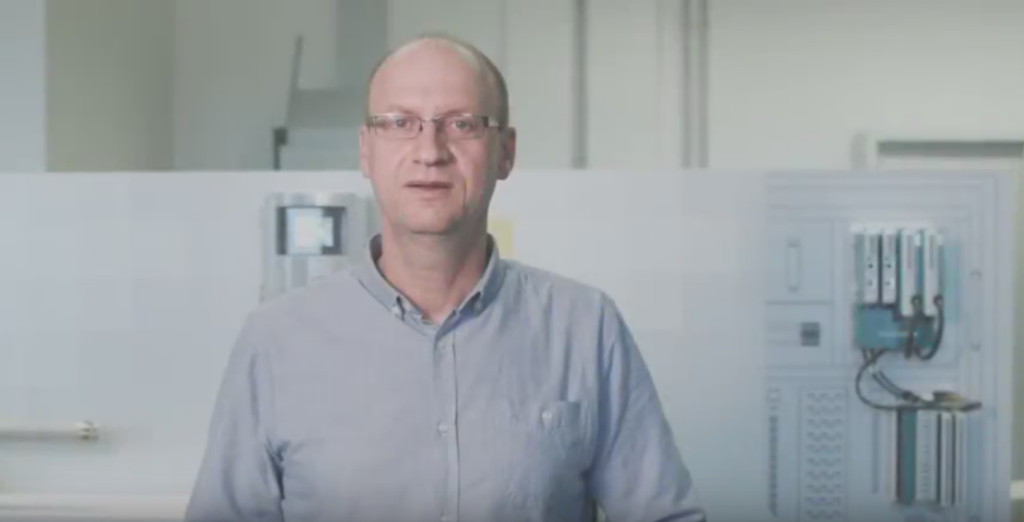The NAMUR Journey
Standardised data models, Service-based orchestration, new associations and companies on board, pilot projects and lots of new ideas to go further. The NAMUR MTP working groups have been busy the last year and an update is long overdue. Exporting and importing HMI graphics in form of MTP file between multiple vendors has already been proved to be possible and efficient multiple times in the last two years. HMI data was an AML representation of graphics. It can be considered as just a machine level description of objects, shapes and its coordinates.
But the real challenge was to standardise the information in a certain form which would make sense for all the parties involved. The module vendor will be giving the information. The process orchestration system needs to import this information and make sense out of it.
Release of VDI/VDE/NAMUR 2658 Page 3
For example, is it merely enough to say that there is a valve at position (x,y)? What information should be made available by the module? What is the minimum requirement to make sense of this information? As an answer to this the workings group has officially released the standardisation document VDI/VDE/NAMUR 2658 Page 3. Page 3 of the standard describes the data structure library and in detail, the data each structure should provide as a minimum set. These data are represented by the module as OPC UA variable and can be read by a client as an OPC- UA variable. At this point of time, there are no constraints on how to represent it in OPC UA itself (e.g. OPC UA object or structures etc.). Still there is a standard set of information from all the vendors.
Information needed to represent a valve in MTP
Which means, to represent a valve in MTP the following information is necessary:
- Which type? Analog or Digital (mandatory)
- For HMI
- Location X, Y, Z index
- Rotation
- an eClass number for the symbol (optional)
- Data Library – approx 20 different parameters as a minimum such as
- Setpoint with its range
- actual valve position feedback
- operational mode etc.
Usage of parameters
Additionally, the standard also describes how to use these parameters and make sense out of it such as:
- Common Data – such as quality code of the data, security level etc.
- Analog Basis Functions – such as Analog range input/output, Range settings, units etc.
- Analog Base Operations
- Binary Basis Functions – such as State text, Binary input/output etc.
- Digital Basic Operations
- Operation Modes – such as Offline, Manual, Offline
- Output Values – such as Manipulated Value Processing
Please refer to VDI.de for more detail information on the standard itself.
Next Steps
As the next step, the service-oriented process control part “Page 4” of the standard is being prepared and is set to be released shortly. Even though NAMUR MTP was created with full modular plants in mind, use cases creating additional benefits to existing plants. Already with the present level of standardisation of the HMI and the data libraries use cases and ideas to use NAMUR MTP in many application are coming up.
One such use case was package unit integration in brownfield plants:
- Buy package units
- Connect them via ethernet to your existing plant
- Export MTP file from the package unit
- Import MTP into DCS and start production.
So simple it can be using the right technologies.
Other associations and future technology initiatives such as ISPE, The Open Group have also acknowledged the advantages of MTP and have agreed to share information. There has been overwhelming support from all parties involved system vendors, package unit vendors, contractors, end-users and other associations/future technology initiatives such as ISPE, The Open Group for NAMUR MTP so far.
It is to be assumed that everyone is acknowledging that there is a gap in standard not in the technology itself. Almost all the vendors together with their customers are contributing to pilot projects to test MTP’s practicability in the field. Hopefully, the next update would be some experiences of one such pilot project.




